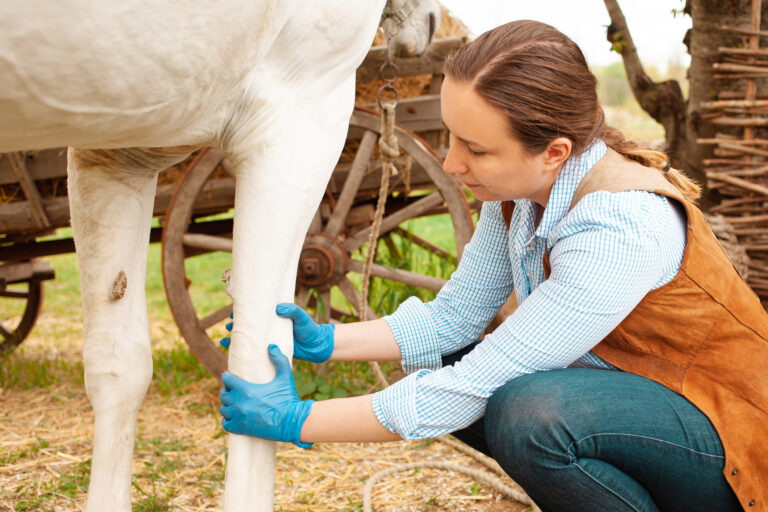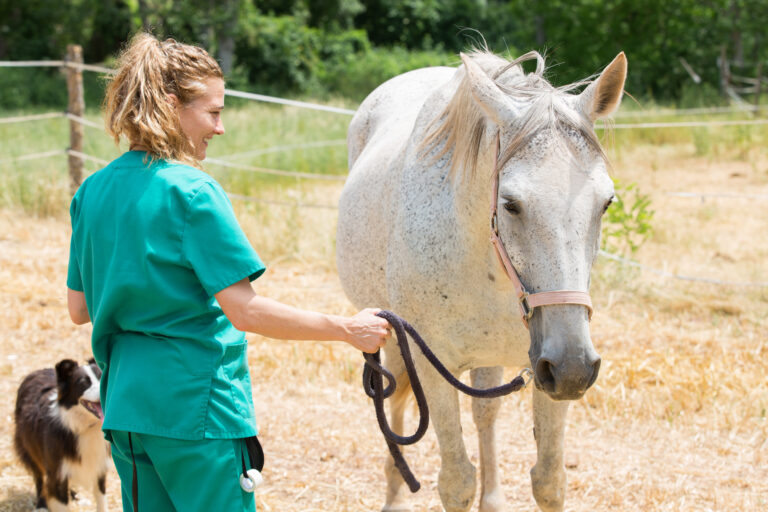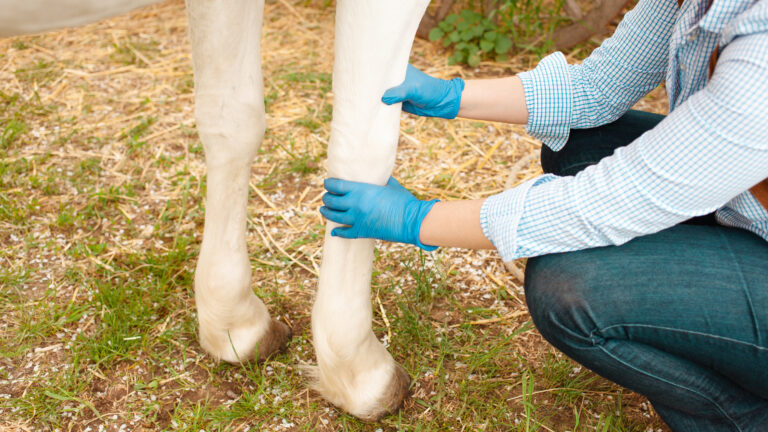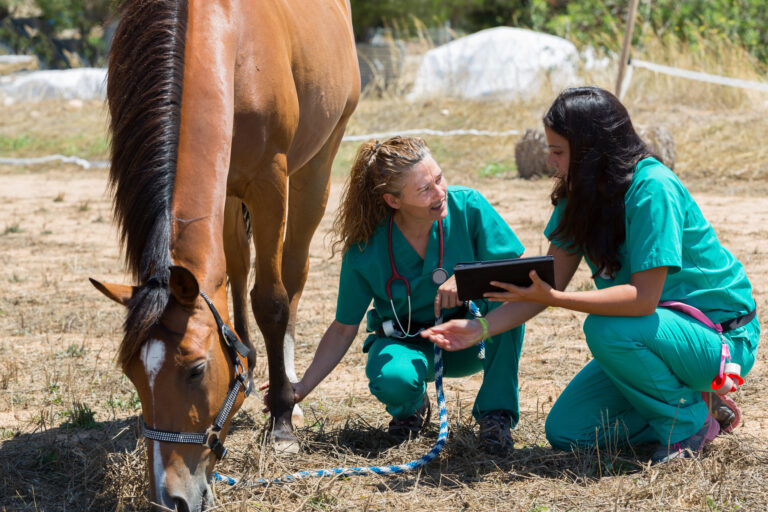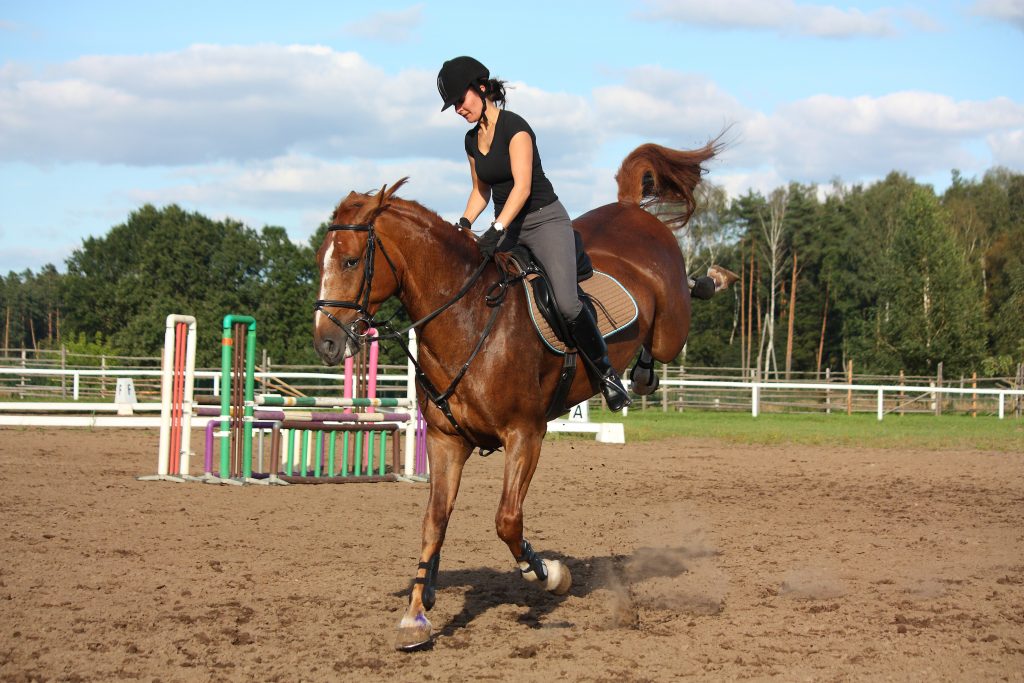Lameness in the Front Legs: Common Issues and What They Mean
As equine veterinary professionals, we understand that front leg lameness is one of the most common and concerning issues horse owners face. At Stride Vets, we frequently encounter horses with forelimb lameness, and early recognition and proper diagnosis are crucial for successful treatment outcomes. In this comprehensive guide, we’ll explore the most common causes of front…

